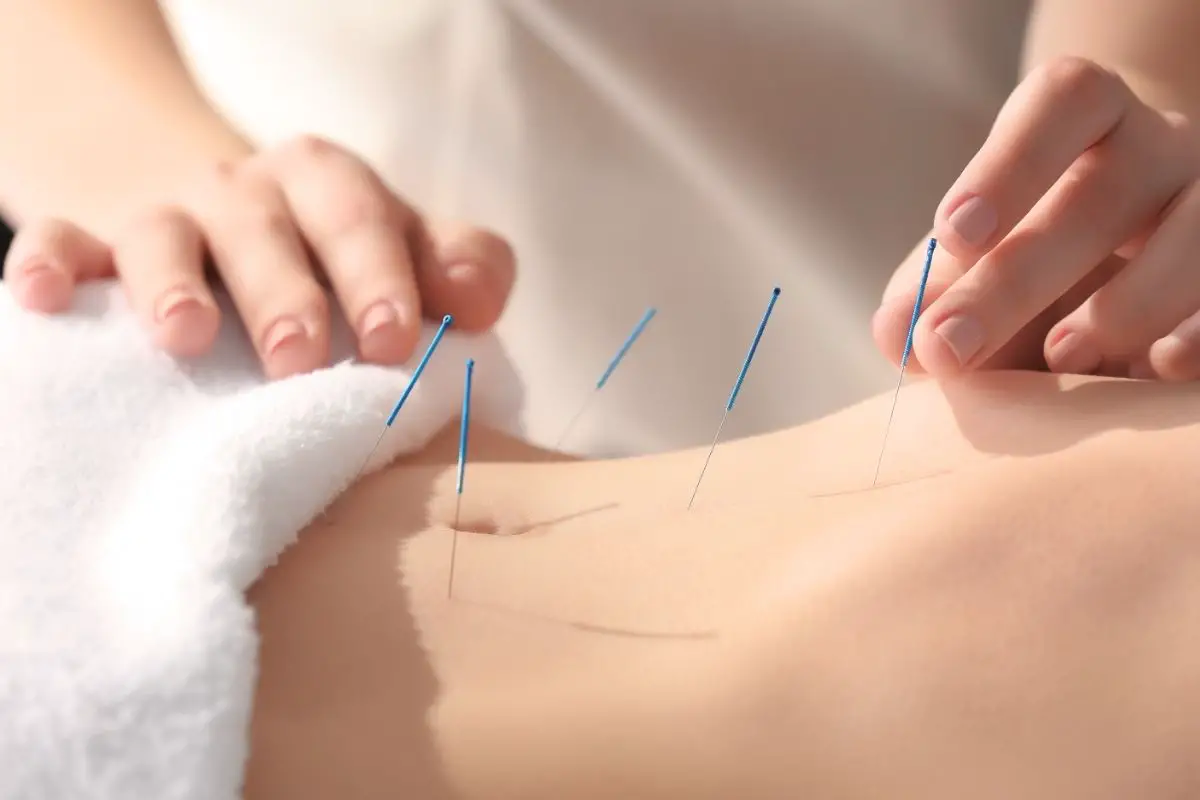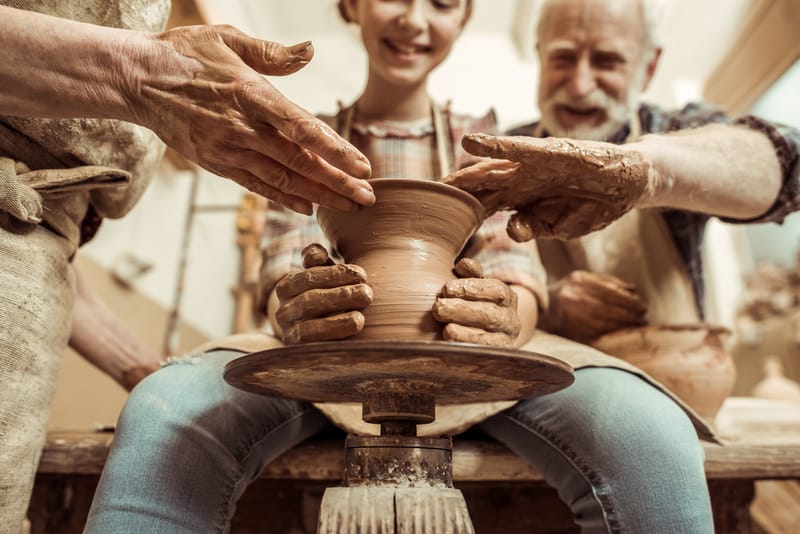Have you ever had a pinched nerve? If so, you know how painful it can be. For myself, nothing has worked better to relieve the pain associated with a pinched nerve than my acupuncture pen. So today we will be looking at how you can heal a pinched nerve with an acupuncture pen.
What Causes Pinched Nerves?
Pinched nerves occur when pressure builds up around a nerve root. This causes inflammation and swelling, which can eventually result in numbness and tingling sensations. The most common cause of pinched nerves is overuse or repetitive strain on the body.
For example, if you spend hours sitting at your desk every day, this can lead to pinched nerves. The most common causes of pinched nerves are bad posture, injury, or degenerative diseases.
As pinched nerve pain mostly comes from the inflammation around it, treatments often include anti-inflammatory medicines. Steroid injections are another common treatment offered by Western medical practices.
While these treatments can be very effective, there are more holistic treatments available. Holistic or more natural treatments, such as those provided by Traditional Chinese Medicine, tend to have far fewer side effects.
Acupuncture For Pinched Nerves

Acupuncture is a form of Traditional Chinese Medicine (TCM) that dates back thousands of years. It involves inserting needles into specific points on the body to stimulate the flow of energy or qi throughout the body.
The theory behind acupuncture is that imbalances in the flow of qi cause illness. A deficiency of qi is thought to be the cause of tiredness, pain, and stress. For this reason, acupuncture has been used to treat pain for many years, both physical and emotional.
Whilst more evidence is needed to understand the true efficacy of acupuncture as a treatment for pinched nerves, there are a number of existing clinical trials and randomized trials with very promising results.
For instance, this 2007 study concluded that acupuncture was an effective treatment for symptoms associated with cervical spondylosis. Additionally, this 2015 study concluded that acupuncture may be effective in treating pain associated with sciatica.
If you’re still not convinced, check out this article titled Do Acupuncture Pens Work. After reading it, you’ll be rushing to the store to purchase an acupuncture pen!
How To Heal A Pinched Nerve With An Acupuncture Pen
While acupuncture is proving to be an effective method of relieving pinched nerve pain, sessions can be expensive – especially when you need regular appointments. If you don’t want to spend so much money but still want to reap the rewards of acupuncture, an acupuncture pen could be an excellent alternative.
Unlike traditional acupuncture, these pens do not involve needles. Due to this, you can use them at home without putting yourself at risk from incorrect acupuncture. Instead, the pen will release an electrical impulse to stimulate the acupressure point around the pinched nerve, which mimics the effects of acupuncture needles.
To use your acupuncture pen on your pinched nerve, simply follow your pen’s instructions to release the electrical pulses around your pain.
Check out this article if you need extra guidance. For the best results, you should target traditional acupuncture points associated with pain relief. I’ve listed some of the most beneficial points below.
Acupoint: GB-30 (Other Names: Gallbladder-30/Huan Tiao/Jumping Circle)
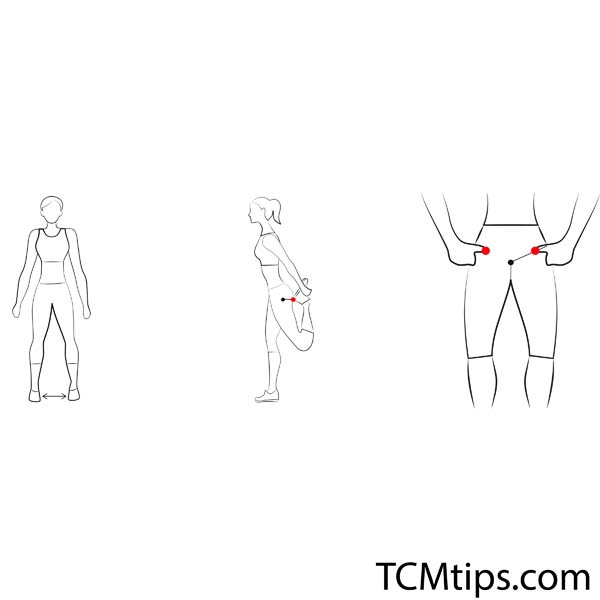
GB-30, or Huantiao, is an acupuncture point located on the buttocks. It belongs to the Gall Bladder Meridian, and is understood to significantly relieve pain. It also alleviates feelings of weakness, numbness, and symptoms associated with sciatica and back pain.
If sciatica is bothering you, take a look at this article about acupressure points for sciatica.
Acupoint: Bl-53 (Other Names: Urinary Bladder-53/Bao Huang/Bladder’s Vitals)
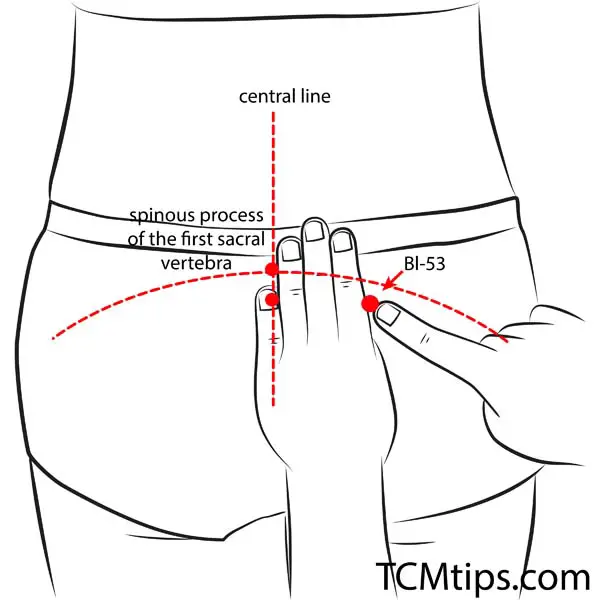
BL-53, or Bao Huang, is located on the lower back. It belongs to the Urinary Bladder Meridian and it is understood to strengthen the lower back and alleviate pain. It also works to regulate urination and reduce swelling.
To learn more about this acupoint, take a look at this article about acupressure points in the buttocks.
Acupoint: KD-9 (Other Names: Kidney-9/Zhu Bin/Guest House)
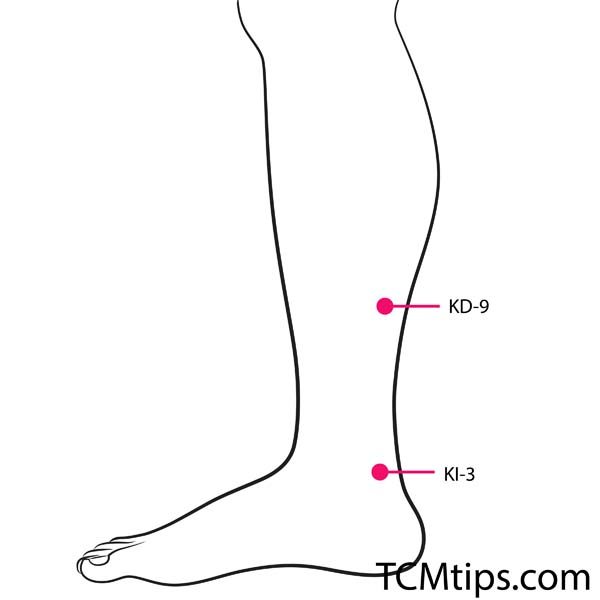
KD-9, or Zhubin, is an acupuncture point located on the lower calf. To find KD-9, you first need to locate KI-3. KI-3 is located on the inside of the foot, behind the medial malleolus. It is in the depression between the tip of the medial malleolus and the Achilles tendon. From KI-3, KD-9 is 5 cun above KI-3. It belongs to the Kidney Meridian, and it is understood to significantly reduce pain. It also works to better the blood flow, which aids in sciatica and lower back pain relief.
If you struggle with lower back pain, take a look at this article about acupressure points for lower back pain.

Acupoint: GV-14 (Other Names: The Governing Vessel-14/Da Zhui/Great Vertebra)

GV-14, or Da Zhui, is an acupressure point located on the spine just below the neck. It is most frequently used to relieve neck pain, a stiff neck, and pain along the spine. It is particularly useful for treating symptoms associated with cervical spondylosis.
This point is also useful for treating symptoms associated with colds and throat conditions. To learn more, take a look at this article about acupressure points for tonsillitis.
Acupoint: LI-14 (Other Names: Large Intestine-14/Bi Nao/Upper Arm)
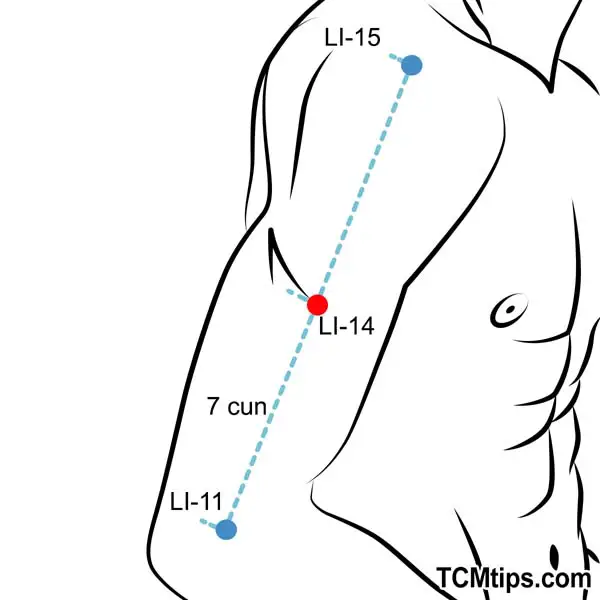
LI-14, or Binao, is an acupressure point on the outside of the upper arm. It is at the tip of the deltoid muscle. It is used frequently for its ability to stop pain. It is great for the treatment of carpal tunnel syndrome because it relieves muscle tension from the shoulders to the arms and hands.
This point is very versatile. To learn more, check out this article about acupressure points for blocked fallopian tubes.
Other Benefits Of Electronic Acupuncture Pens
Acupuncture pens are very versatile devices. You can even use an electronic acupuncture pen for stomach cramps. I can’t go a day without using mine!

Try our Anti-Aging Gua Sha Tool designed to bring out your skin’s natural glow.
Best Gua Sha Product- Anti-Aging: The tool is designed to target 11 specific aging signs such as wrinkles and sagging skin. By following the 7-step routine, users can improve skin firmness and reduce fine lines naturally.
- Enhances Skincare Routine: It works effectively with serums and lotions, boosting absorption and efficacy of skincare products.
- Visible Skin Improvement: Users can expect a smoother complexion, reduced puffiness, and a more youthful appearance.
 P. Sze
P. Sze 